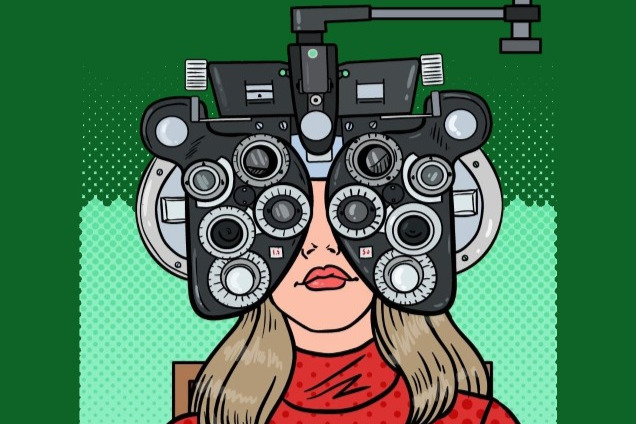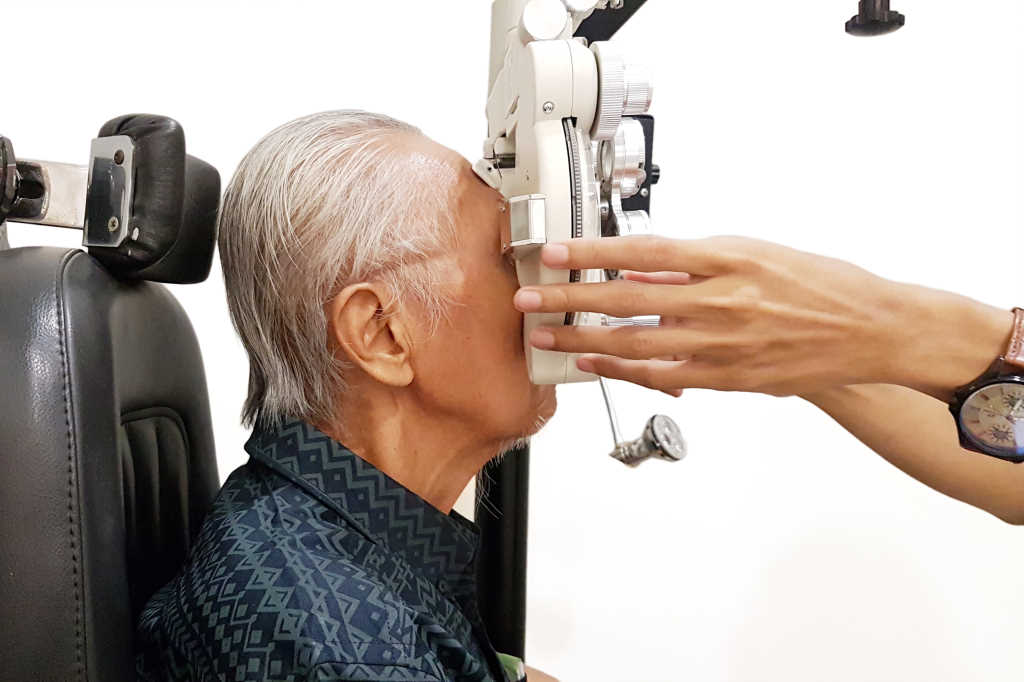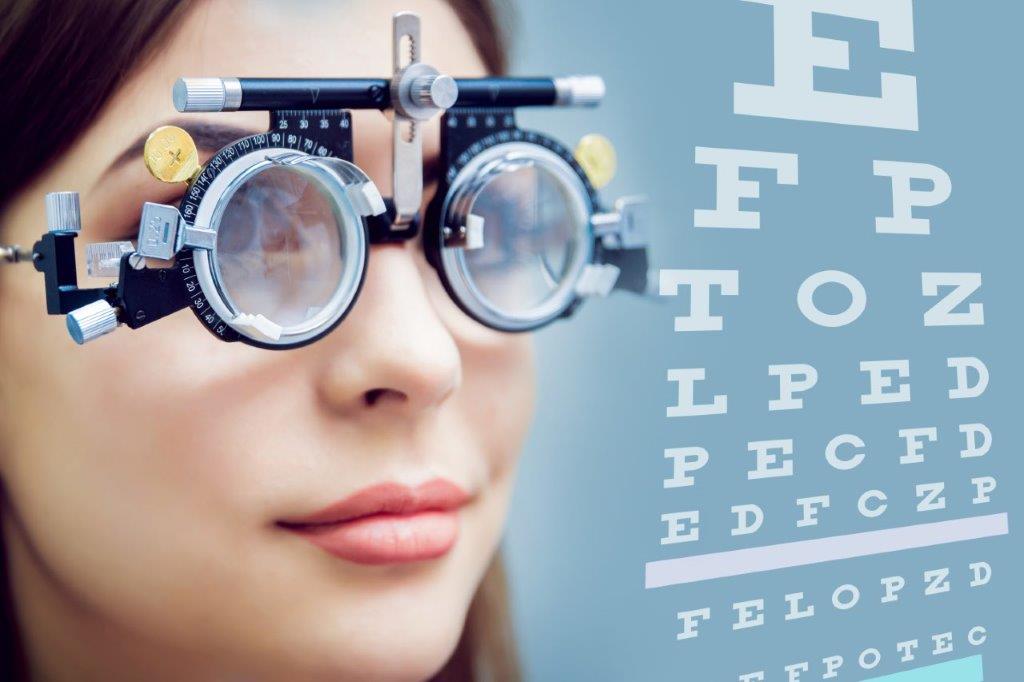Optoms salary report: as clear as mud
A recent independent salary report by optometrist Robert Ng and Dr Renita Martis from the School of Optometry and Vision Science at the University of Auckland (see 'related stories' below) aimed to create transparency around pay, spark conversation between employees and employers and arm employees with salary benchmarking data to confidently handle pay conversations, but instead it has muddied the waters.
In today's rapidly evolving employment landscape, discussions surrounding employee compensation have gained significant attention, particularly the importance of fostering transparency in pay negotiations. Auckland University’s inaugural salary report echoes practices which are fairly standard for other industries but are indeed a brave first step for our industry. So for this trailblazing spirit, I commend them!
However, my gripe lies in the murkiness of the reported results. Rather than producing reliable benchmarking data, this first report has dished up heavily nuanced data, leading, in my personal experience, to false assumptions, misguided salary expectations and a greater challenge to maintaining healthy, transparent conversations between my employees and myself. So in fact, it’s done the opposite of its hoped-for intention. I have raised these concerns with the university team behind the research.
Why include contractor rates?
Firstly, I find it puzzling that the report includes contractors, even though locums were excluded. The researchers make no clear differentiation between a contractor and a locum, either in the initial survey or subsequently. Nevertheless, for purposes of a salary comparison, a contractor and a locum should be considered interchangeable as their rates are often the same.
What are not the same are an employee salary and a contractor rate!
Contractor rates are much higher to compensate for the additional expenses and risks they face that employees do not. Examples include tax obligations, leave, Kiwisaver, CPD expenses, ACC levies, equipment costs and more. In direct contradiction to an employment relationship, a contractor typically sets their own rates and working conditions and it’s up to the business owner to accept these or not. Therefore, including contractor rates in a report aimed at benchmarking employee salaries would seem illogical.
Why include owners’ salaries?
I am baffled by the inclusion of owner salaries, which, more often than not are based on commercial considerations, not market rates for employed optometrists. Owners have the autonomy to set their own salaries to whichever amount their accountant can justify, both to the profitability of the business and the taxman.
Perhaps an exception to this may be the salaries of optometrist partners in a multiple-owner situation. However, the absence of any instructions in the survey for owners to account for any commercial variations undoubtedly skewed the results towards the higher end of the scale. This had the effect of reporting maximum salaries well above typical employee rates and raising the average salary. The researchers counterbalanced this by excluding responses they deemed ‘outliers’. They did not have a formulated exclusion criterion, but rather excluded a salary if it was “significantly different”. There was one salary reported at $297k that was excluded!
With all of those things aside, it does not make sense in its most basic form to include owner salaries in benchmarking data designed to assist employees in negotiating their pay.
Mission accomplished (sort of)
The researchers unfortunately don’t agree with my concerns and maintain this inaugural salary report fairly represents current market salaries. They did, however, achieve one of their goals – the salary report has indeed sparked conversations between my employees and myself!
However, my employed optometrists have limited understanding of the report's nuances; specifically, nuances between owner salaries and employee salaries, and contractors' and locums' salaries. The result: employees, armed with nuanced information, engaging in misguided conversations that don’t reflect the market reality. The false impression of widespread high salaries among employed optometrists, as indicated in the report, has created unrealistic expectations that are simply not commercially sustainable.
Sentimentally right
Don’t get me wrong, I agree with the sentiment of the salary report. In and among the many new HR policy irons in the fire this year is a growing demand for enhanced transparency regarding salaries, wages and overall compensation within organisations. As the quest for fairness and equality in the workplace keeps going, businesses do need to start thinking about how to be more transparent about pay. Our Aussie cousins even passed a law in December 2022 saying employment agreements can't have "secret" clauses stopping employees from chatting about their earnings, and we know our government isn't afraid to take a page from Australia's employment playbook (remember fair pay agreements?).
So the concept of a salary report that publishes the salary data of employed optometrists annually may be progressive now, but will become commonplace before long. But, for a report to be considered by the industry as a reputable source of data for such crucial and sometimes highly emotive conversations, it is essential the data is accurate, transparent and easy to understand by both employers and employees.
I have suggested to the University of Auckland research team that they may want to consider working with the various industry groups and employers to gain access to their own benchmarking information. Additionally, reporting tools from job posting sites like Seek provide the most current information on advertised employee salaries. These methods are more likely to produce a more reliable data set than a self-reported survey that doesn’t differentiate between employer, employee and contractor.
When it comes to salary negotiations, I believe in transparency and empowering employees, so clear, accurate information is crucial. This will lead to better and more productive dialogue between employees and employers, resulting in a healthier workplace.

NB: The views expressed by Chalkeyes are his or hers alone and not necessarily the views of NZ Optics. If you wish to comment on Chalkeyes’ views, please email a brief letter to the editor at info@nzoptics.co.nz for consideration. Letters can be edited for space, style, grammar and clarity.





















